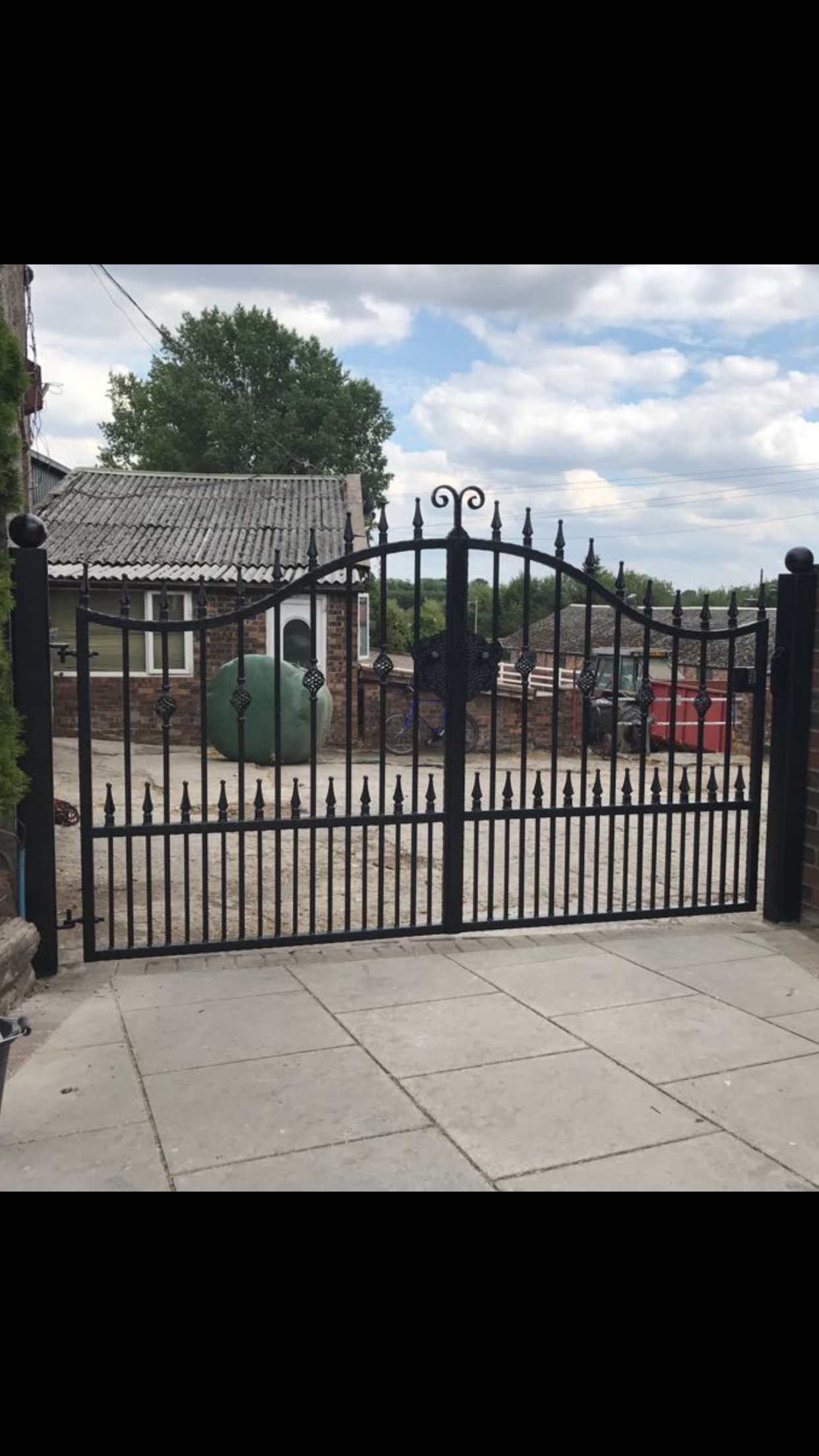Here at Cheshire Metalcraft, we supply a variety of different gates that are able to meet the security and aesthetical needs of every property owner that chooses to do business with us. With this said, there are very few gates in the world that hold the rich history of those that were used by the suffragettes during the Vote for Women protests. Read on as we go over everything there is to know about the suffragettes and why they chained themselves to famous gates in order to help spread their message…
Who were the suffragettes?
The suffragettes were the name embraced by the members of the Women’s Social and Political Union (WSPU), a women’s only movement that was founded in 1903. The aim of this movement was to win women the right to vote in public elections and the protests were carried out using civil disobedience that often ended in arrest for many women.
How did the suffragettes get their message across?
When women in the UK had not been given the right to vote like other countries, the ‘Votes for Women’ banner was undertaken by political activist Emmeline Pankhurst in 1903, the organiser of the WSPU movement. There were several different approaches that were used in order to spread the word and many protests were violent yet difficult to ignore such as setting fire to post-boxes, smashing windows and even carrying out hunger strikes.
Why did WSPU members handcuff themselves to gates?
Perhaps the most memorable way that the suffragettes would spread their message was by handcuffing themselves to gates and railing around the capital city of London. This was a popular method because it gave the suffragettes time to make a loud and memorable speech before the police officers were able to arrest and remove them for ‘disturbing the peace’. In fact, Buckingham Palace was famously involved in a protest in 1914 when suffragettes handcuffed themselves to the gates that still stand today.
When it comes to political messages, there is nothing more effective than a highly publicised protest. In fact, the suffragettes would regularly risk arrest in order to handcuff themselves to gates and railings all over London as this would give them the time to carry out their speeches. Thankfully, women over 21 won the vote in 1928, 25 years after the movement began and just weeks after organiser Emmeline Pankhurst passed away. Here at Cheshire Metalcraft, our gates may not be famous for the suffragettes but they are made with the same elegance and perseverance in mind. Get in contact with the best gates Manchester has to offer to find out more information today!

